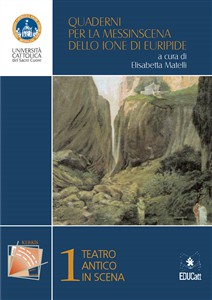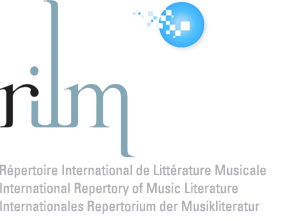The course of King Saul’s music therapy with the young shepherd David, as told in 1 Samuel, 16 and 18, exactly corresponds to the current state of psychotherapeutical knowledge, which holds that the quality of the relationship ultimately determines whether therapy succeeds or fails.
On the assumption that Saul’s affliction was the manifestation of an early, preverbal trauma (in today’s psychopathological terminology, a depressive breakdown in the context of a personality structure with damaged self-esteem), the initial therapeutic success is attributed primarily to the positive transference between therapist and patient, and only secondarily to David’s music-making. It follows logically that this therapy takes a malign course at the point when Saul’s positive transference becomes negative.
This according to “Heilung durch Musik? Der biblische Mythos von David und Saul als klinische Fallstudie” by Dagmar Hoffmann-Axthelm, an essay included in Rhythmus und Heilung: Transzendierende Kräfte in Wort, Musik und Bewegung (Münster: Lit Verlag, 2005, pp. 83–92).
Above, Rembrant’s depiction of the episode; below, Händel imagines David’s therpeutic harp playing in Saul, HWV 53.












